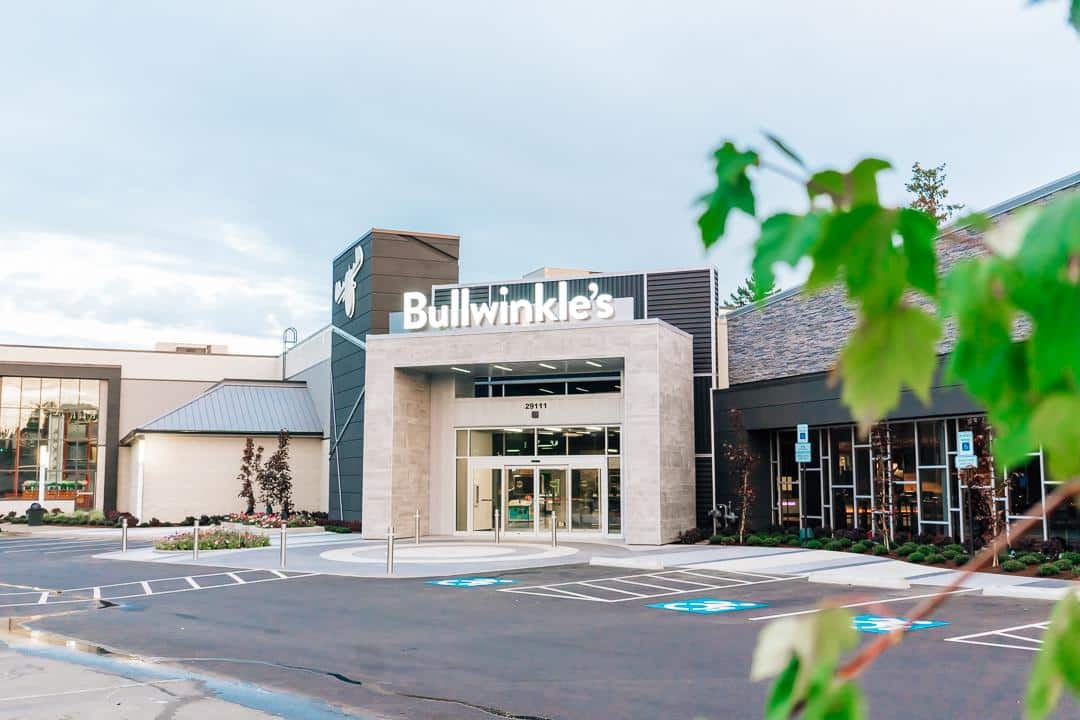Home Demolitions Rising in Portland

With demand for real estate at a historic high in Portland, so are demolitions of older homes to make way for new construction.
New data maps from portlandmaps.com allow us to look at the trends and specifics of home demolitions in Portland. Recently on this real estate blog, we introduced and analyzed the map for new residential construction. Now, let’s take a look at the explosion of home demolitions in Portland, and why certain community groups want to slow them down.
In 3 years, 850 Portland Homes Demolished
To measure new construction, most cities go by the number of building permits applied for and issued. Home demolitions also require permits, so their numbers can be tracked in a similar way.
In Portland, home demolitions permits are issued and then “finaled”. A finaled permit is one that has had the work applied for completed; in other words, the home has been demolished.
Portlandmaps.com’s new Residential Demolitions Map shows where those permits are being issued in neighborhoods across Portland. Blue dots represent finaled permits, and the green dots are where permits have been issued but not finaled. Light blue dots, seen on the maps for 2015 and 2016, represent permits that are under review by the City.
The location of home demolitions as seen on the maps follows density fairly closely — where there are more homes, more are being taken down. However, the total number of demolitions does change from year to year. In 2016, 158 demolitions have already occurred (permits finaled) across Portland. Another 136 permits have been issued. Most demolition permits do end up being finaled, so it’s safe to assume that close to 300 Portland homes will be demolished between this year and early 2017.
For the past three years, the numbers have been similar: 317 demolitions permits finaled in 2015 (with another 37 issued); 2014 saw 290 demolition permits finaled, and 260 in 2013. That’s a total of nearly 850 homes taken down across Portland!
New Construction Follows Demolitions Trend
To give these home demolition numbers some context, let’s look again at new residential construction going on in Portland. In 2016, according to the most recent version of portlandmaps.com’s New Residential Construction Map, 606 building permits have been issued or are under review. For the past two years, the numbers have been similar. Prior to that, we were climbing out of our recession lull, from just under 300 new homes constructed in 2010. Compare that to 2005, when nearly 1300 new homes were constructed in Portland.
Residential demolitions, while thankfully not happening at the same rate as new home construction, have followed a similar trend. There were more demolitions happening in 2005 than in 2009. Why would the burst of the housing bubble and subsequent economic downturn slow something like home demolitions in Portland?
The greater the demand for housing (as in 2006), the more incentive there is for developers to clear old homes and build new ones, which tend to sell faster and for more money. When the market was slow, there was less of a return on investment for new homes, especially after factoring in the cost of demolition.
Slowing Down Portland Home Demolitions
We’re nearing a new peak for home demolitions today, and that has some Portland community leaders worried. Older homes can have historical value, lend a distinctive character to neighborhoods, and tend to have a smaller footprint than new homes. Some of the strategies being applied to preserve these homes are placing a ban on demolitions of certain homes, amending the Residential Infill Project to preserve older homes, and creating historic districts.
From Demolition to Deconstruction
According to the nonprofit Restore Oregon, “Historic places [including homes] are cultural, environmental, and economic assets, and they need active stewardship or they will be lost to future generations.”
Restore Oregon is concerned about the rise in demolitions — after all, we can always build new homes, but the number of old homes out there is strictly limited. In fact, they’re calling the current volume of home demolitions an “epidemic”.
To help stop the epidemic, the organization made some recommendations to the Portland City Council that resulted in a new ordinance to ban demolitions on homes older than 100 years. The ordinance requires that homes built before 1917 — or homes that are simply designated as historic resources — must be fully deconstructed rather than demolished with a bulldozer. (Portland Business Journal)
What is deconstruction? Rather than bulldozing the home, which Restore Oregon says can generate 42 tons of landfill waste for a 1400 square foot home, a deconstruction team carefully takes it apart piece by piece. Materials are then resold for use in new construction. Recycled materials are becoming all the rage for Portland homes — where else can you get a solid redwood beam to frame your entryway, or beautifully weathered tin for your ceiling?
The new rules are expected to impact 30% of homes slated for demolition in Portland in the coming year.
Preserving Older Homes Through Infill
The Residential Infill Project is a hot topic of discussion in Portland real estate circles. Historic home preservationists were concerned that adding hundreds of new residences to Portland neighborhoods could mean older homes would get the bulldozer. So Restore Oregon stepped in again to offer a comprehensive list of suggestions to the plan. Three key amendments were adopted: Reducing the allowed square footage for new homes to 2,000 square feet for a single family residence; allowing the internal conversion of older homes to multiple dwelling units; and reducing the percentage of Portland neighborhoods where skinny lots will be allowed.
Although the plan has not yet been developed into zoning rules, which will be voted on in 2017, it has been controversial. Converting older homes into duplexes, triplexes or apartment buildings comes at the risk of creating “frankenbuildings” — those that are part old construction, part new, and all ugly. Also, developers want the freedom to build new homes larger than 2,000 square feet. The current average for an American home is 2,600 square feet. In 1983, it was 1,700 square feet.
Historic Neighborhoods in Portland
Rather than depend on the City to pass ordinances protecting historic buildings, some neighborhoods have taken matters into their own hands by joining the National Register of Historic Places.
To qualify, the neighborhood must be at least 50 years old, be able to prove its historic importance, and look pretty much as it did when it was first constructed. The National Register of Historic Places restricts further modification of these homes and buildings and offers certain tax credits, grants and waivers of building codes.
In Portland, historic districts are plentiful. According to Oregon Live, “There are 18 [on the National Register of Historic Places] in Multnomah County, and range from the Bonneville Dam Historic District, Columbia River Highway Historic District and Mount Tabor Park Reservoirs Historic District to the mostly residential Northeast Portland’s Irvington Historic District, which is one of the largest historic districts in the country.” (Curious about more historic districts in Portland? There’s a Portland Map for that!)
Eastmoreland is another Portland neighborhood currently in the nomination process to join the Register. Public comment will be accepted in February, so homeowners in this historic neighborhood are encouraged to voice their opinions.
Selling or Buying an Older Home in Portland?
Use an expert! My real estate team is experienced in selling and helping buyers purchase historic homes in the Portland metro area. We know value of an irreplaceable, culturally significant property.


